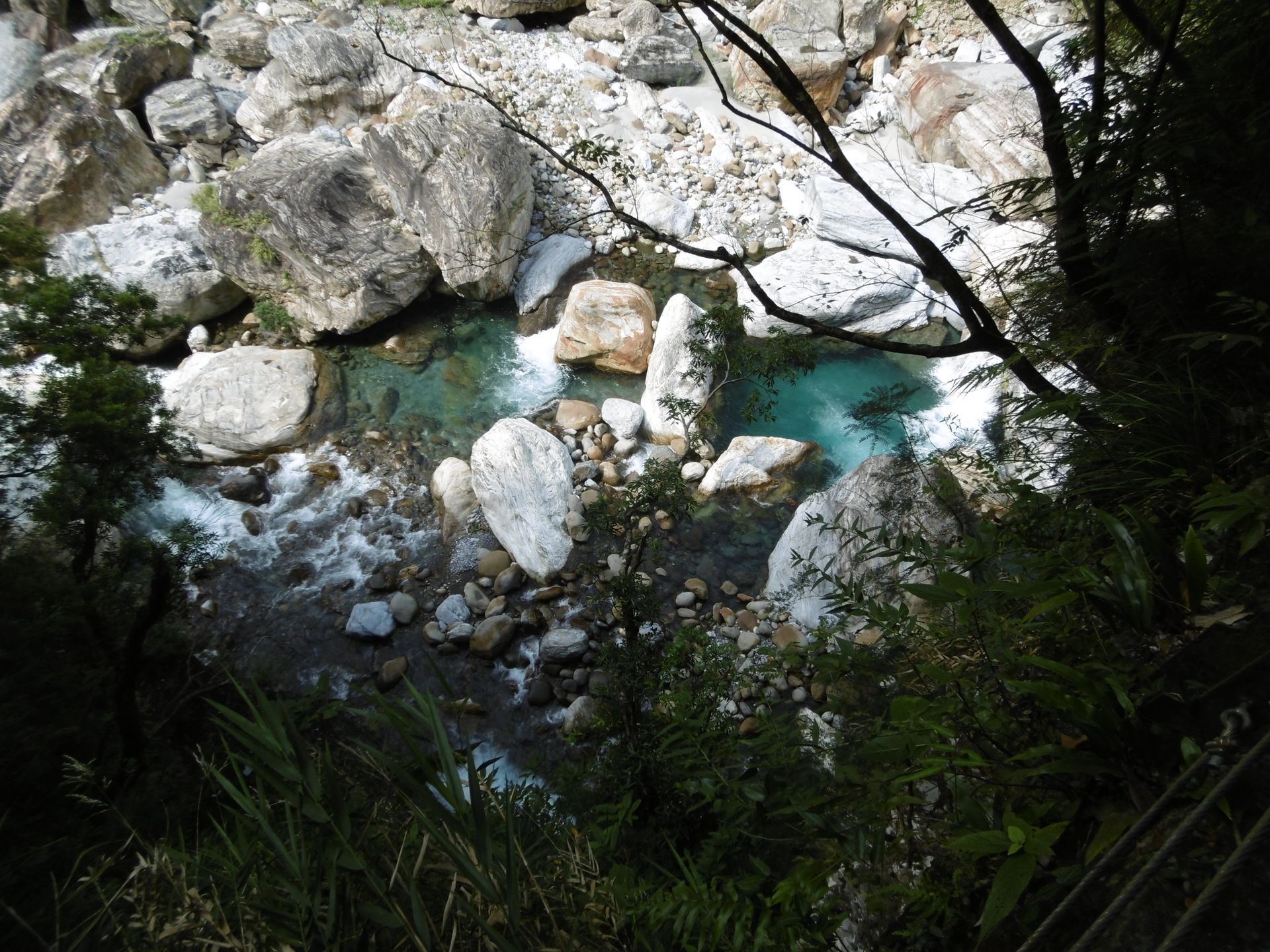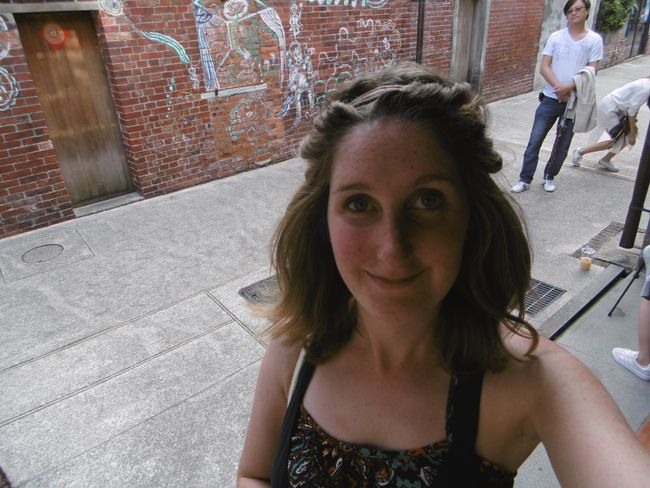Kampala - History and Lots of Peanuts
Publikovaný: 03.03.2019
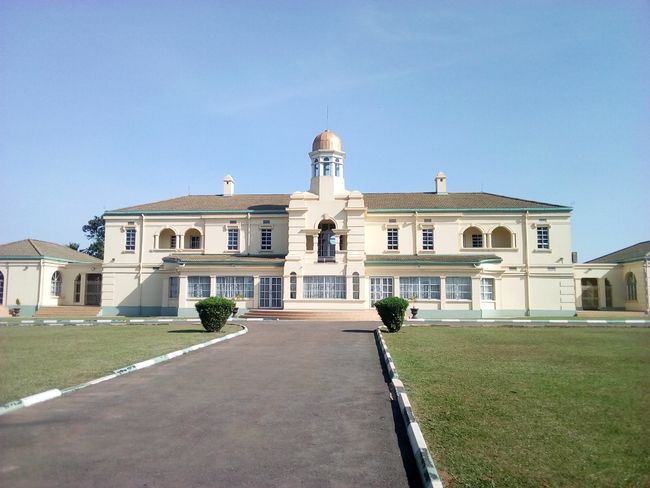
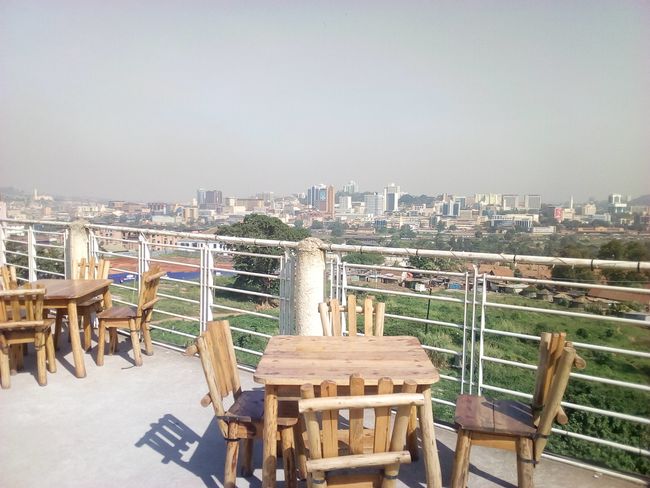
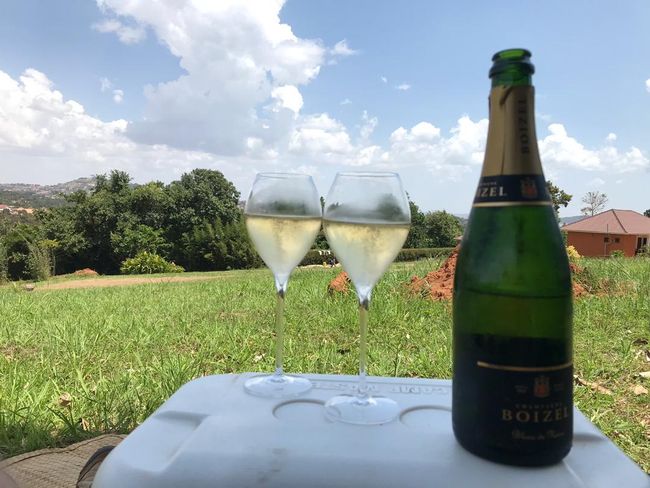
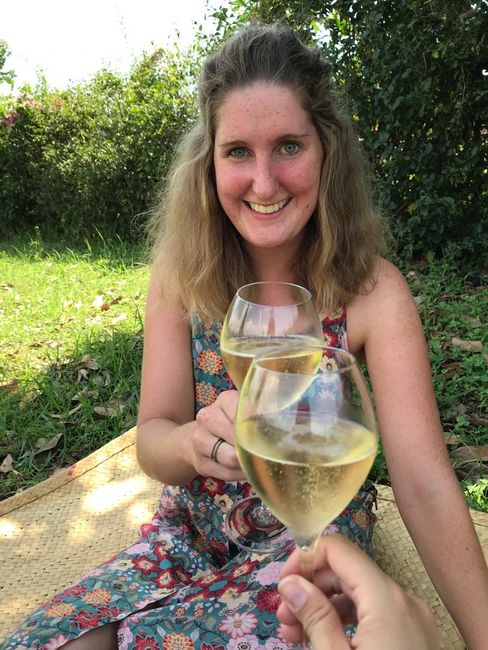
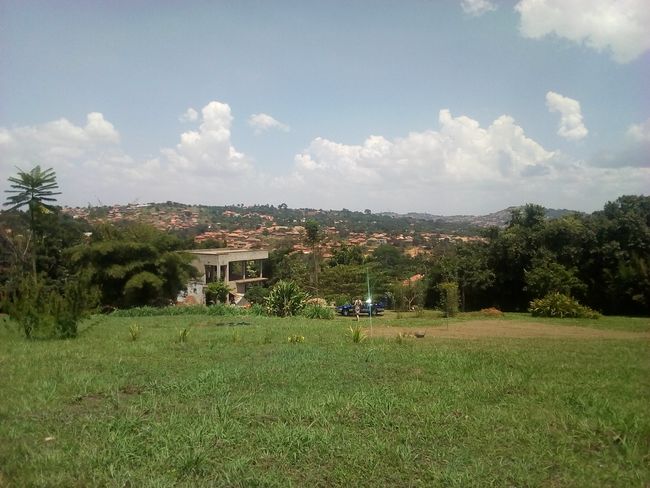
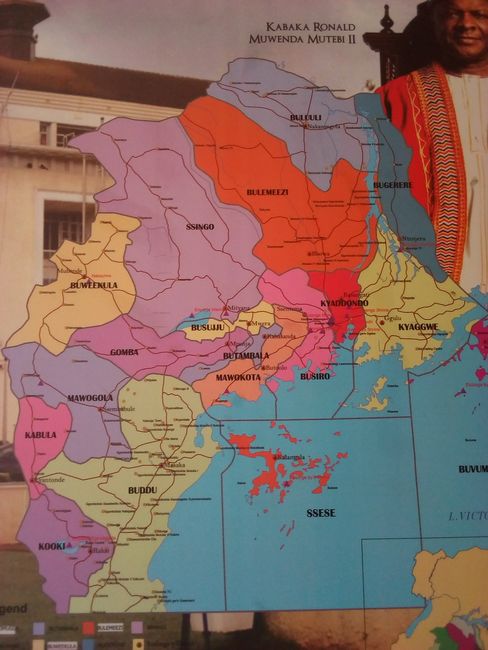
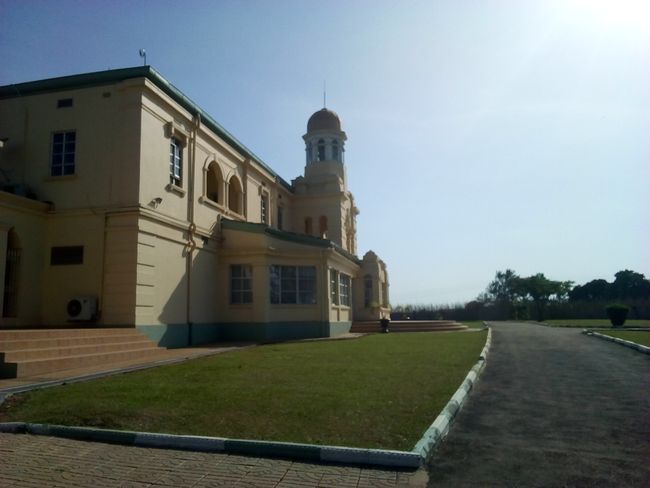
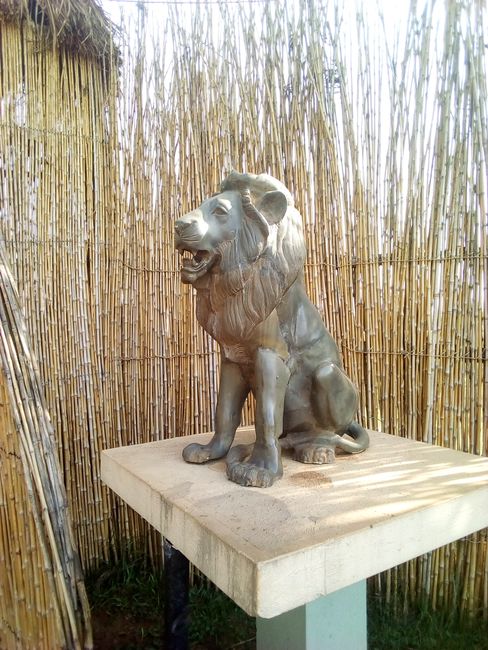
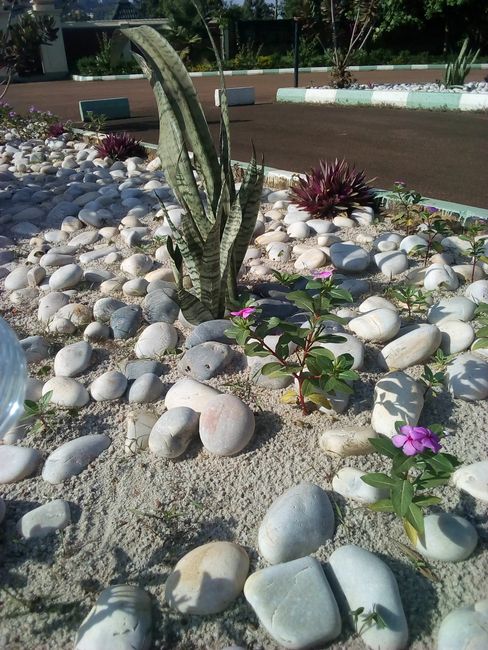
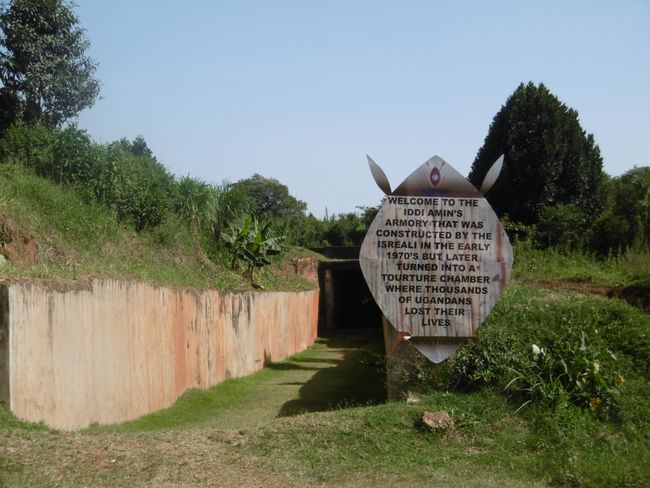
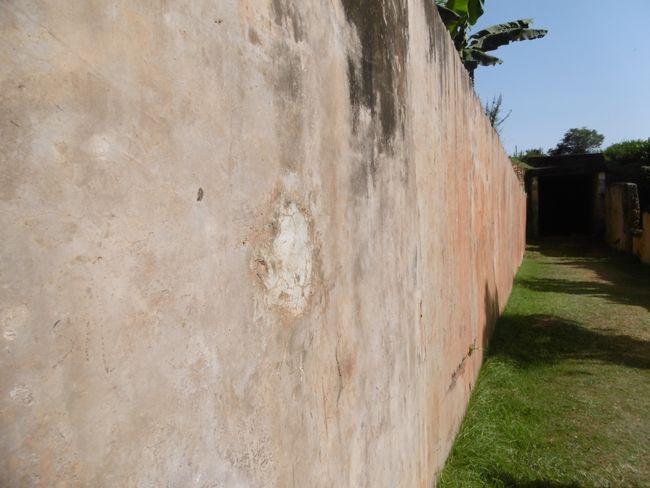
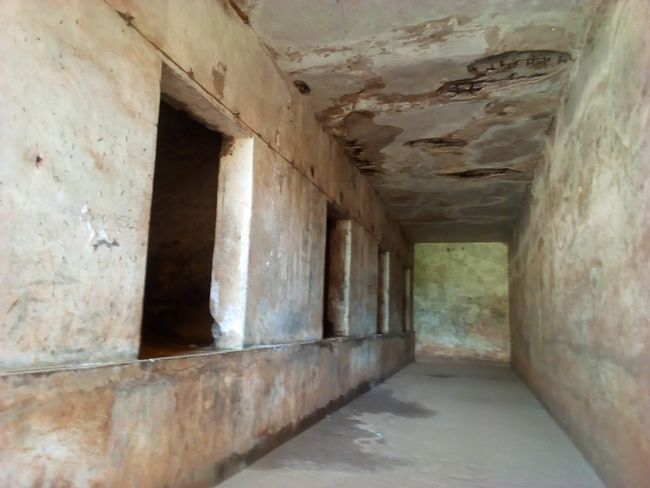
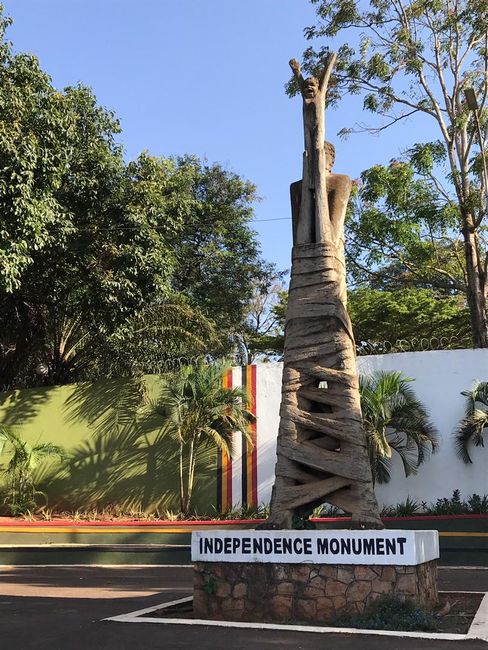
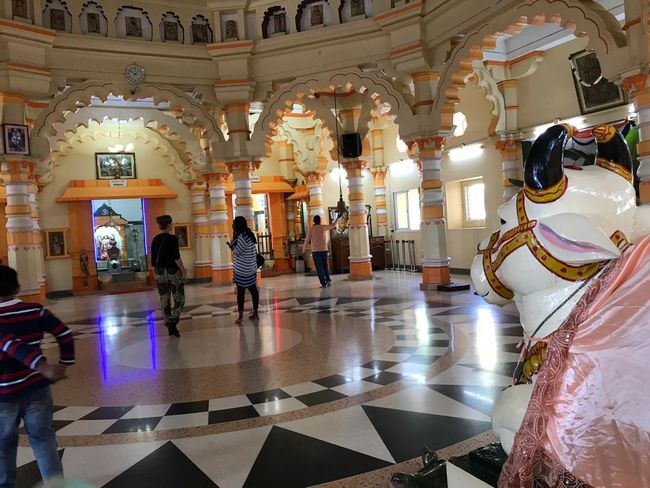
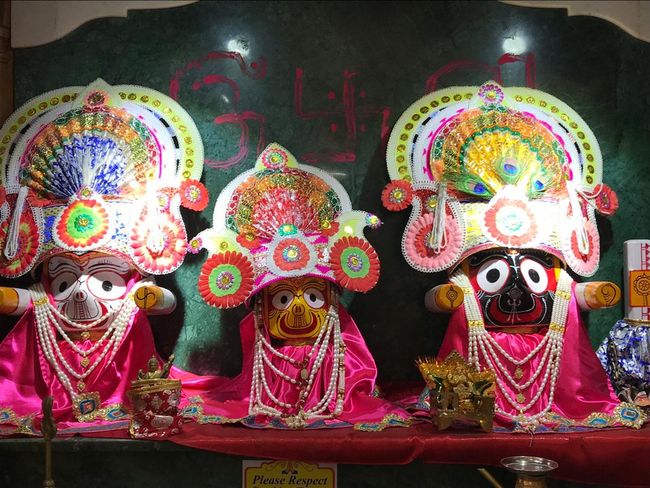
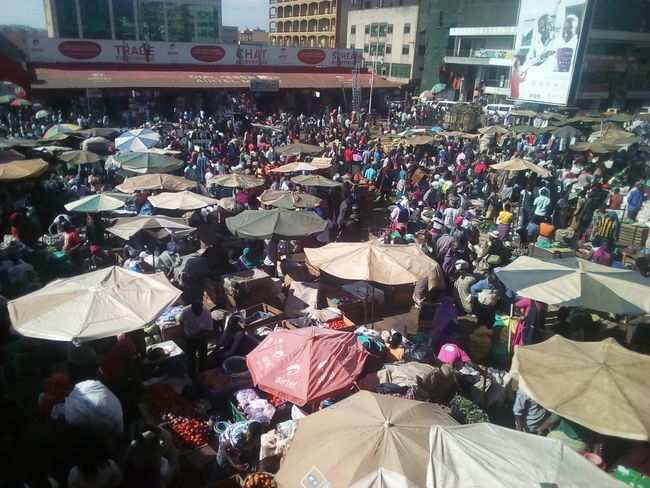
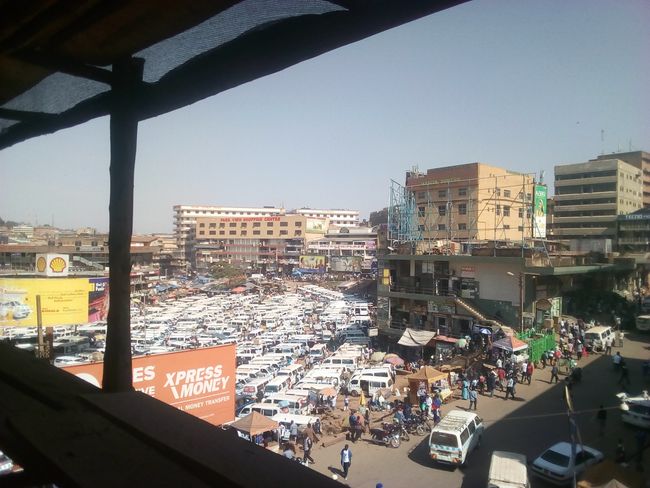
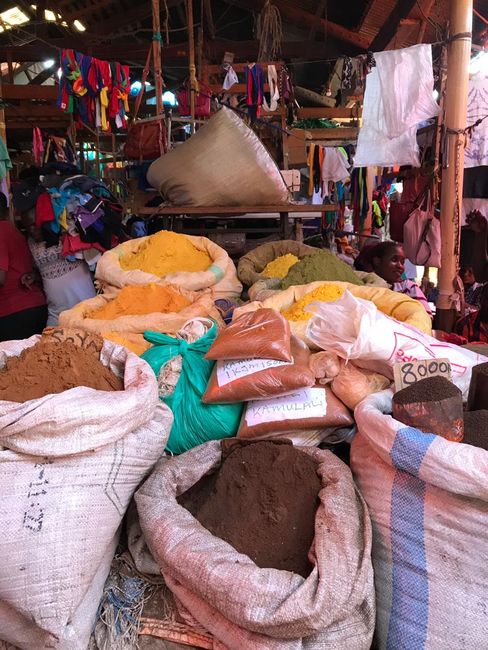
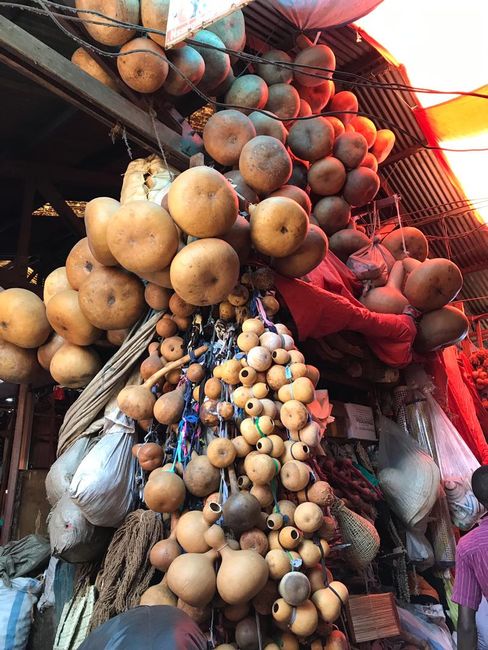
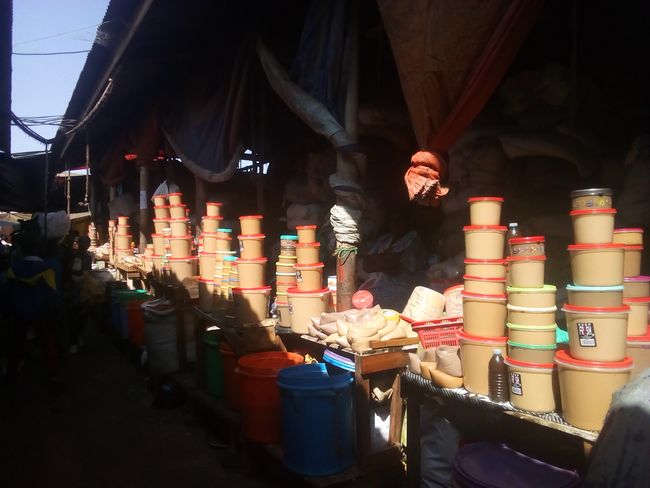
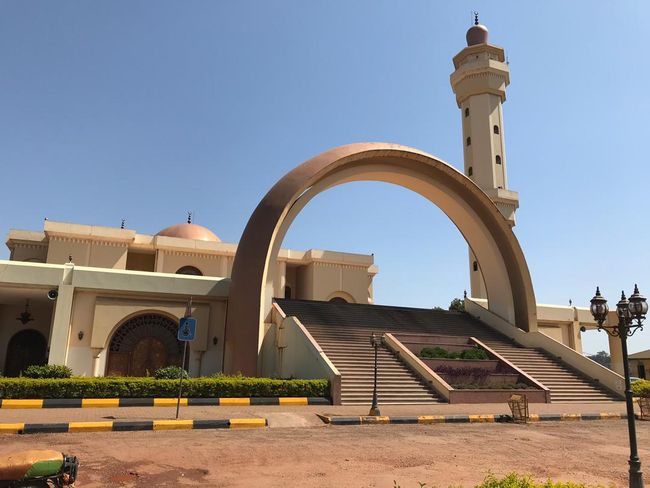
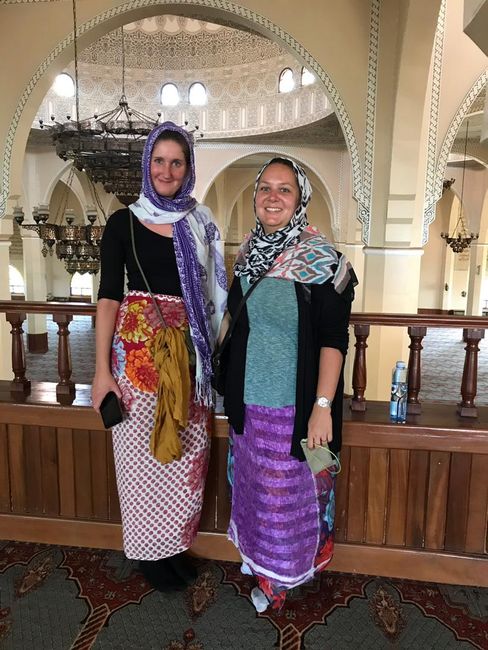
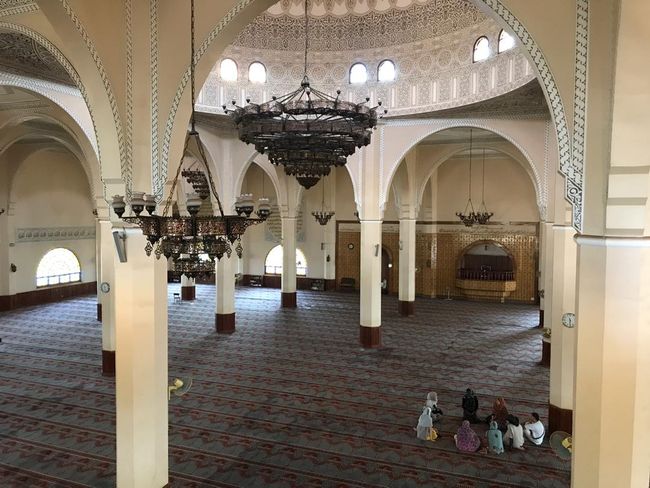
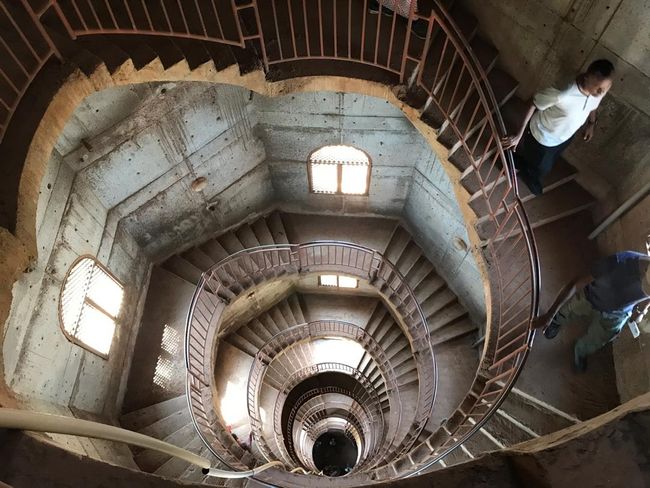
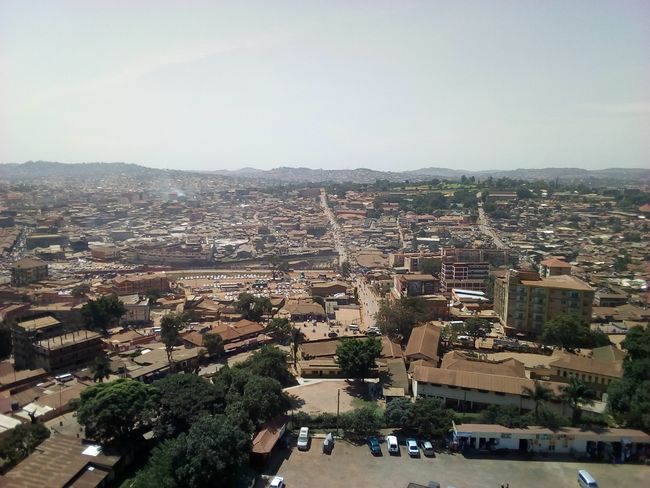
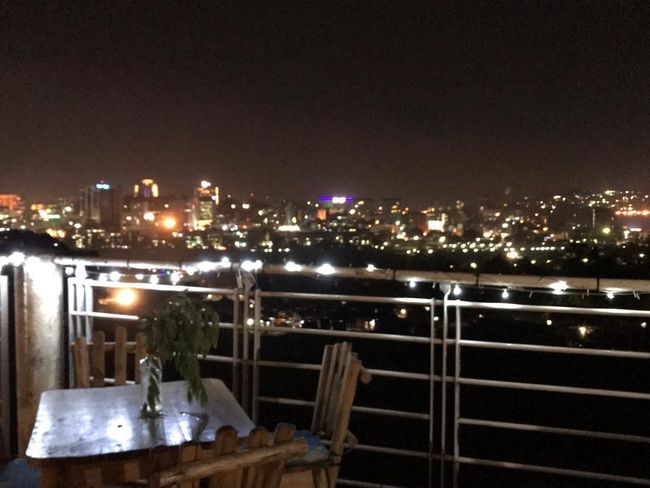
Odoberať novinky
My first morning in Kampala couldn't have started any better: with a glass of champagne and a great view over Kampala and Lake Victoria. I had previously met with Maria and one of her colleagues, who is currently building a new house in Kampala. At the construction site, we toasted to the house building and my last days in Kampala with champagne specially flown in from Champagne by Maria.
The afternoon took on a more reflective note as we visited Kabaka's Palace - the palace of the King of Buganda - and delved into the recent history of Uganda. Uganda is still home to various tribes to this day. The largest of these is the Buganda tribe, which is also where the country gets its name. By the way, Jinja belongs to the Busoga tribe. Each tribe also has its own dialect. The King of Buganda rules over all the tribes in Uganda. However, he no longer resides in the palace. It is only used for ceremonial purposes. This is partly because each king builds a new palace for himself, and partly because no one wants to live in this palace anymore - but more on that later.
The current King of Buganda is the son of the first President of independent Uganda, King Muteesa II. He was deposed by then Prime Minister Milton Obote, who declared himself President in 1966 after amending the constitution and ruled as a dictator for five years. Obote was in turn ousted by a bloodless military coup led by Idi Amin in 1971. This began the eight-year rule of the brutal dictator. Kabaka's Palace still bears traces from this period. The actual palace, located on one of Kampala's hills, is surrounded by a large park. If you walk a few minutes downhill from the palace through the park, passing a few shacks and numerous trees and flowering bushes, you will come to Idi Amin's torture chambers. At the entrance, a large sign declares that the chambers, originally intended as an armory, were built with support from Israel. A long corridor leads to the three chambers. On the walls of the corridor, you can see some spots that appear to have been repaired later. It is said that firing squads were carried out in front of the wall and the bullet holes were subsequently closed up.
The actual torture chambers consist of three chambers of about 30 square meters each, with entrances just over a meter above the ground. Originally, the low entrances made it easier to load weapons onto trucks. Later, the corridor in front of the chambers was flooded and electrified to deter prisoners from escaping. The bodies of those who were killed were often buried not far from the torture chambers around the palace. That is why the shacks were not inhabited for a long time and today, only a few members of the king's guard, i.e. soldiers, live there. According to the lady who guided us through the grounds, everyone else is too afraid of this place because of the many cruel things that happened here. Only the soldiers and their families seem to be brave enough. However, unlike the families who lived on the grounds in the past, they engage in very little agriculture due to fear of coming across corpses while digging. But even for me, the atrocities that took place there just a few decades ago were palpable, and I was relieved when we left the dark chambers and made our way to the bright palace building. The building itself is not open to visitors, so we could only admire it from the outside. At the end of our tour, we looked at some pictures of the current king and his family in a small exhibition room at the entrance of the grounds.
The next day, we continued our exploration of Kampala with a guided tour. A young Ugandan woman showed us various parts of the city for three hours. We started with some important squares and monuments, such as the monument to Uganda's independence, strolled through an artist market, and walked along the main shopping streets. In Kampala, each product category has its own street. One street is mainly for electronics, the next for clothing, and the one after that for everything you would find in a well-stocked hardware store in Germany. We also got a glimpse of Kampala's religious diversity when we visited a Hindu temple, which is located right next to a Sikh temple.
Before we arrived at the final stop of our tour, the Uganda National Mosque, we walked through Owino Market. The space was a bit crowded as the aisles between the stands were narrow and we had to constantly dodge heavily loaded men - as best we could. Even though the crowds made me a bit nervous, I was glad to have seen this place, which I probably wouldn't have had the courage to visit on my own. Especially the section of the market where peanuts were roasted and sold in various forms. There were huge mills where the nuts were ground, the smell of roasted peanuts was everywhere, and there were large cans of peanut butter piled up to the left and right.
After this personal highlight, we reached the climax of the tour: a visit to the Uganda National Mosque. The interior of the beautifully decorated building was funded by former Libyan leader Muammar Gaddafi until 2006, which is why it is also known as the Gaddafi Mosque. Visitors are only allowed to enter the prayer hall when appropriately covered, so we obtained headscarves and skirts at the entrance. From the minaret, which is about 50 meters high and located on Kampala Hill, you have a great view of the city.
In the evening, there was a 'feminist' party at our hostel. Having heard a lot about Kampala's nightlife, I was curious and the rooftop terrace of our hostel provided a great setting for a party. As it turned out, it was a party for the LGBT community of Kampala. However, due to safety concerns, the organizer could not advertise it as such, as homosexuality is far from being accepted in Uganda. And so, a colorful group of young Ugandans and expats gathered for a mix of electronic music and African rhythms.
We spent the next day relaxing with a spa day at one of the hotels in Kampala and had a delicious Asian lunch. Our last night in Kampala was spent at Maria's colleague's house, and the next day, it was time for me to say goodbye to Maria, Kampala, and Uganda after four weeks. After making a few purchases and packing my backpack, I was driven to the airport in Entebbe by the same driver who had picked us up four weeks earlier. On the way there, Uganda showed its most beautiful side with a sunset that cast a romantic light over the landscape around Lake Victoria...
Kampala - Ugandan History and lots of peanuts
I could not have started any better into my first day in Kampala: With a glass of champagne and a great view over Kampala and Lake Victoria. I met with Maria and one of her colleagues, who is currently building a new house in Kampala. At the construction site, we toasted to the house building and my last days in Kampala with champagne specially flown in from Champagne by Maria.
The day continued on a more serious note with a visit to Kabaka's Palace - the palace of the king of the Buganda - where we learned more about Uganda's history. Until today the Ugandan people is divided into different tribes. The biggest one is the Buganda, from which the country also got its name. Jinja, by the way, lies on the land of the Busoga. Every tribe also speaks its own dialect. The king of the Buganda, however, rules over all the people of Uganda. Even though, the current king does not live in Kabaka's palace anymore, it is still used for official receptions.
The current king is son of the previous king and the first president of independent Uganda King Muteesa II. King Muteesa was diesmpowered by then Prime Minister Milton Obote, who changed Uganda's constitution and declared himself President of Uganda. Thus began his dictatorship which ended after five years in 1971 with a military coup led by Idi Amin. And the remains of brutal Idi Amin's eight year dictatorship are still visible in Kabaka's palace today. The palace is located on one of Kampala's hills surrounded by a beautiful park. After a few minute descent through the park away from the palace one reaches the torture chambers of Idi Amin. At the entrance a big sign claims that the chambers were originally planned and built as an arsenal with support of the Israeli government. A long corridor leads up to three chambers. On the wall one can see spots, where bullet wholes were covered up - or at least that is what people say today. The entrances to the three about 30 square meter big chambers are little more than 1 meter above the ground. They were originally constructed like that to make loading weapons from the chambers onto trucks easier. Later, the corridor in front of the chambers was flooded and energized to prevent the hundreds of prisoners held there from escaping.
The bodies of those who died were burried in the park arround the palace. That is why today, contrary to the times before Idi Amin, only few people live on the grounds surrounding the palace. And those few people who live there today are soldiers - members of the king's guard - and their families. According to our guide they are the only ones brave enough to live on these haunted grounds. And even they don't grow crops anymore, since they are too afraid to find remains of the dead when they start to dig. And even I could feel the atmosphere of this place which is a reminder of so many cruelties during one of the darkest eras in Ugandan history. So I was glad when we left the chambers to take a closer look at the palace itself. However, we were not allowed to go in. Instead, we ended our visit by looking at pictures of the current king, his family and the previous kings in the gallery at the entrance to the park.
The next day we continued our exploration of Kampala with a guided walking tour. A young Ugandan women showed us the city on foot for three hours. We saw the monument commemorating Uganda's independence, did some window shopping on a craft market, and learned that in each street in downtown Kampala one can get different types of products: on one street they sell electronics, on another cloths, and on yet another hardware. We also experienced Kampalas religious diversity visiting a Hindu temple, which is right next to a Sikh temple. Before visiting Kamapalas biggest mosque, the Ugandan National Mosque, we walked across Owino Market, where one can get anything and everything. One has to squeeze through the narrow spaces between the stalls which form a huge layrinth. Even though, the tight space and the crowd made me a little nervous, I was glad I saw this place which I probably would not have visited on my own. My personal highlight was one row of stalls where big bags of roasted peanuts and huge pots of peanuts were stagged left and right and it smelled of peanuts everywhere!
Last stop of our tour was the Ugandan National Mosque, which is also called Gaddafi Mosque, since it was built and finished in 2006 with financial support of Lybia's former ruler Muammar Gaddafi. Before we could enter the prayer hall, we had to dress in headscarf and skirt provided at the entrance. The enterior of the mosque is decorated with expensive materials from all over the world: heavy carpets, marble, mahagony and huge chandeliers. From the 50 meter high minaret one has an amazing view of the whole city
That night there was a 'feminist' party on the rooftop of our hostel. We had learnt that it was actually a party for the LGBT community of Kampala, however, it is not possible to advertise it as such since homosexuality is something which is far from being accepted in Uganda. I had heard a lot about Kampalas nightlife so I was excited to experience it. For this party a mixed group of young Ugandans and expats celebrated together on the rooftop high above the lights of Uganda's capital, dancing to electronic music mixed with African beats. Even though I did not stay long, I had a great time enjoying the joyful and relaxed atmosphere.
Before Maria had to leave for Jinja early on Monday morning, we spent a relaxed Sunday afternoon at a Spa in one of Kamapala's hotels and had a nice Asian lunch/dinner. On monday, it was time for me to say goodbye to Maria, Kampala and Uganda. After I had reorganized my bags and bought some last souvenirs, the driver picked me up in the late afternoon to bring me to the airport in Entebbe. On the way there Uganda presented itself from its best side with beautiful sunset over Lake Victoria...
Odoberať novinky
Odpoveď (1)
Johanna
Ein aufschlussreicher Bericht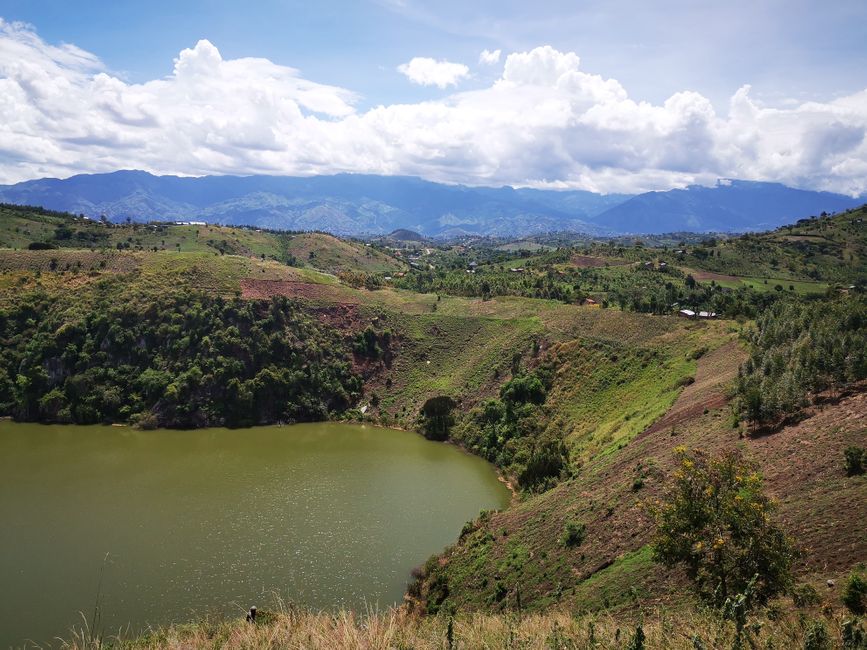
Cestovné prehľady Uganda
